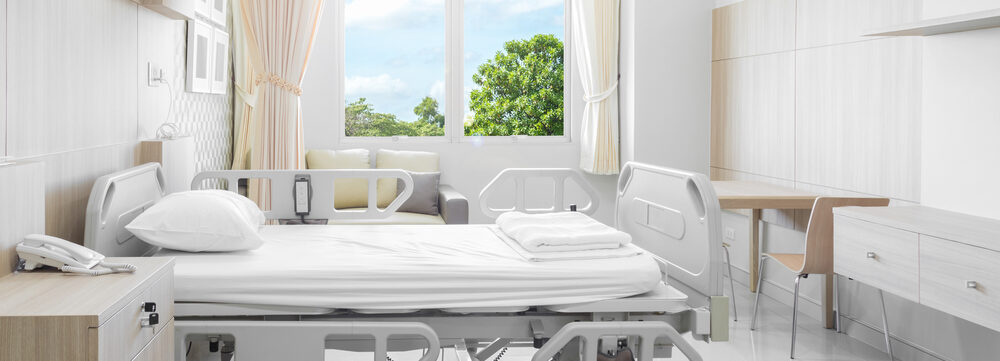Blog
Patient Rooms of The Future

What do the patient rooms of the future look like? By studying the preferences of each new generation, healthcare designers can develop ideas for healthcare facilities that support the needs of today’s patients while planning ahead for those of tomorrow.
As millennials emerge as the nation’s next big demographic wave, their ideas about the healthcare experience, efficiency, and connectivity will lead facility design into the future. (Source) Some healthcare providers have an idea of what the change in hospital rooms will look like. They predict technology and offering greater connectivity will be at the lead.
Greater Connectivity
When the millennial generation ages out to where the boomers are today, they’ll want all the technology they’ve grown up with. Automation, AI, and Smart Devices will be an expected feature in any environment. Healthcare designers know this and are already paving the way. Offering greater connectivity to patients has already begun but will expand further. Patients today expect technology to be seamlessly integrated into the healthcare experience so that they can participate more fully in their care.
Compact and Configurable Furniture
Over the last few years, we have discussed flex space and configurable rooms a lot. They became popular and have proven their worth. We can expect the trend to keep going. On top of configurable space, compact furniture that can be moved, and changed to fit the space and the needs will become even more popular. The challenge for healthcare designers is to incorporate the latest compact concept trends without stripping out the comfort. Remember, keeping the feeling of home is important for the healing process. One exciting way that healthcare designers are testing out new trends is through modeling concept rooms.
Concept Rooms
The concept room gives the entire healthcare team and patients the chance to test new designs, and configurations. For instance, bed clearances can be shortened, and tested so the team can ensure the new clearance will still work. Saving space such as bed clearance can have compounding results when implemented in every room. So much so that the saved space opens up the opportunity for more amenities. For example, the extra space may provide the room needed for a built-in couch offering comfortable seating for families, and extra storage for patients and staff. Testing new environments using concept rooms provides real-life data to help healthcare design teams make the best decisions, save money and improve the outcomes of patients, their families, and the staff. It’s a win-win all the way around.
Withstanding Change
By studying the preferences of each new generation, healthcare designers can develop ideas for facilities that support the needs of today’s patients while planning ahead for those of tomorrow.
Marie Wikoff is the creator of Wikoff Design Studio based out of Reno, Nevada. Her expertise in healthcare design has helped modernize healthcare organizations locally, regionally, and internationally, improving patient experience and outcomes. Her credentials include Evidence-Based Design Accreditation and Certification (EDAC), American Academy of Healthcare Interior Designer (CHID), the National Council of Interior Design Qualification (NCIDQ) and LEED AP. Contact Marie Wikoff
Eagle, Amy. “Designing Hospitals for the Millennial Generation.” Health Facilities Management, 7 June 2017, https://www.hfmmagazine.com/articles/2891-designing-hospitals-for-the-millennial-generation.







